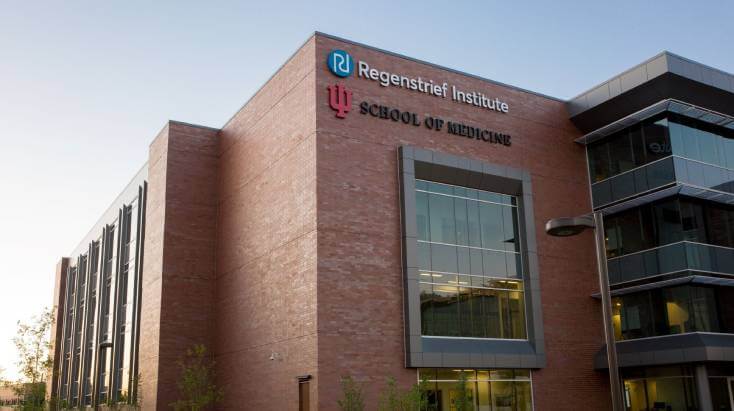Published in the Journal of the American Society of Nephrology. Here is a link to the article.
Regenstrief Institute authors: Rachel Patzer, PhD, MPH
Racial disparities in kidney transplant access—especially for Black patients—have been well documented for decades. Recent policy reforms and multilevel interventions, such as regional coalitions and changes to the kidney allocation system, have helped reduce these gaps, particularly in deceased donor transplant rates. However, significant inequities remain, especially in waitlisting and living donor transplantation, with disproportionate impacts on Black patients, Native Americans, Pacific Islanders, and younger individuals. Emerging federal efforts aim to standardize practices and enhance data collection, but challenges such as inadequate capture of structural racism and social risk factors persist. Achieving true equity requires systemic change that addresses upstream social determinants and racism across all levels of care and policy.
Authors
Rachel Patzer1
Author Affiliations
1Regenstrief Institute, Indianapolis, Indiana, and Department of Surgery, Indiana University School of Medicine, Indianapolis, Indiana.









